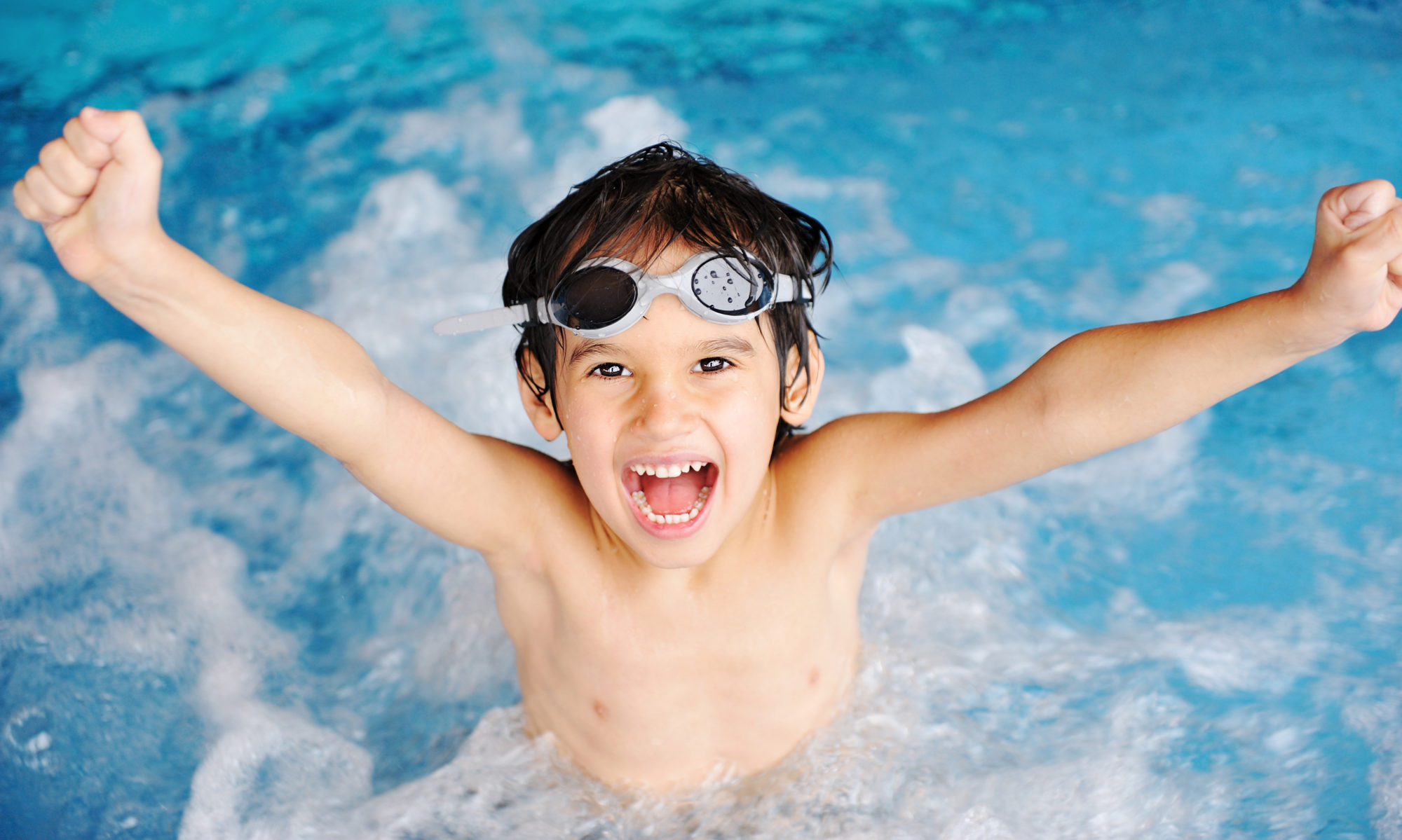With repetition, practice, and review, your child will turn the new movement you’re teaching into something habitual and ingrained that requires very little thought. In the early stages, though, each moment of what he’s doing takes a lot of focus and attention. How do you help your kids practice new skills to make them old hat when you’re teaching them to swim?
Make it easy
It’s easiest for kids to learn when they’re fresh and their bodies and minds aren’t too tired. Depending on how long you’ve spent on getting into the pool, reviewing, playing, and teaching the new skill, you’ll probably have between one and five minutes to practice. This may not seem like much, but remember that today’s new skill is the skill you’ll be reviewing at length in your next swimming lesson. The important thing is to introduce the skill and give your child a chance to get a small taste of how it feels.
Switch it up
If your child gets frustrated, switch to a different approach to the same skill or to a different skill entirely. Look at what he’s finding difficult and demonstrate it again. Touch his body. Have him touch your body. Feeling his own ankle when it’s flexed and pointed will be helpful, but seeing and feeling your ankle when it’s flexed and pointed will give him a different perspective.
Make it clear
Acknowledge the small subtle things that are happening as your child practices. Point out how balance and buoyancy come into play, highlighting which parts of the body are more likely to sink and which parts are more likely to float. Talk about how his body moves and feels in the water. Keep it brief and to the point, just a touch and a “feel your knee?” while he’s swimming is the most attention he can spare while he’s also trying to practice moving. Save the details for later when you’re on dry land.
Keep it simple
Remember to progress from easy to difficult and from simple to complex:
- When you’re working on floating, start with providing lots of physical support and progress to providing little or none.
- When you’re working on a distance, start with short and work up to the width or length of the pool.
- When you start a skill, speed doesn’t matter. Work up to being able to do it fast or at different speeds.
- When you start a skill, refine it slowly. At first, just doing it is enough. As you practice, work on refining body position, then movement, and then timing.
Keep it up
When you’re teaching your kids to swim, today’s new skill is tomorrow’s review. Don’t expect all the learning to happen at once. It’s during review and practice that those new skills will sink in and become automatic for your kids.
